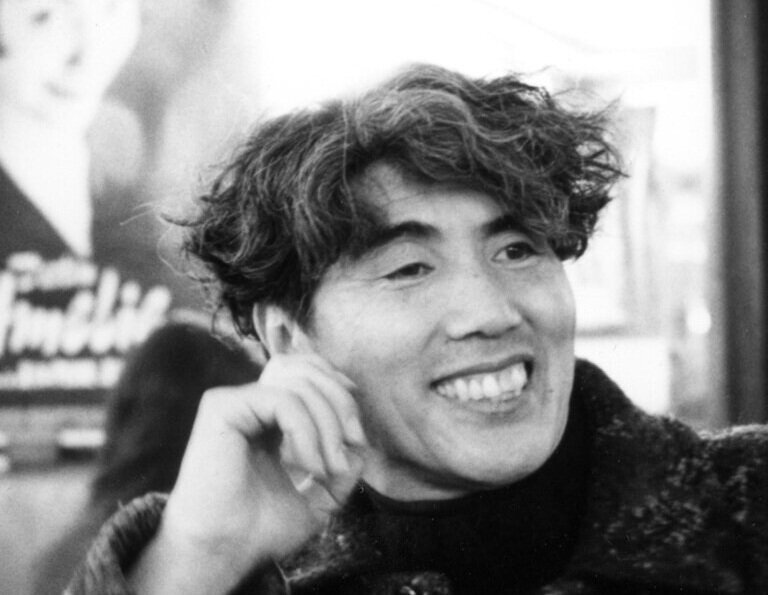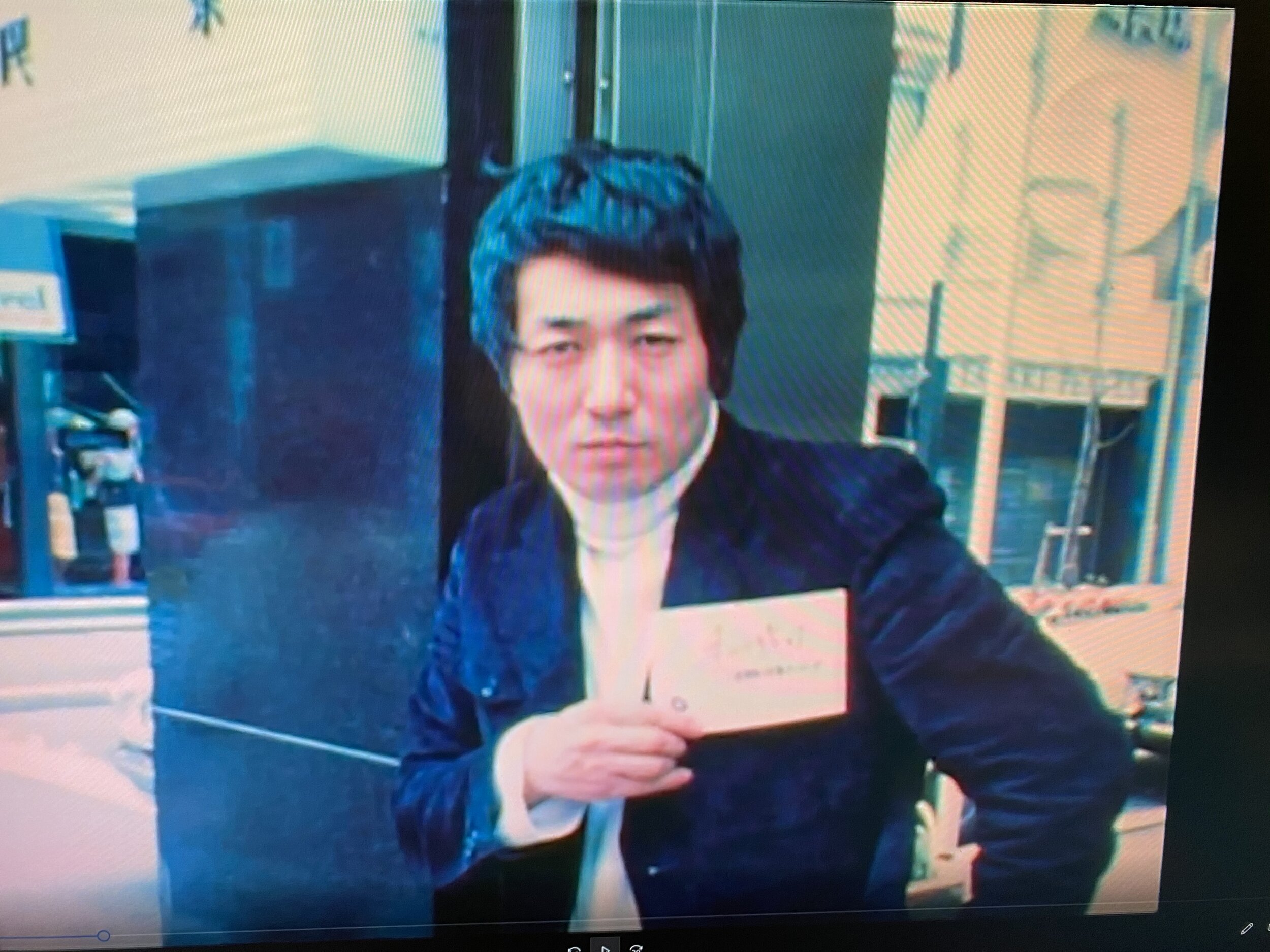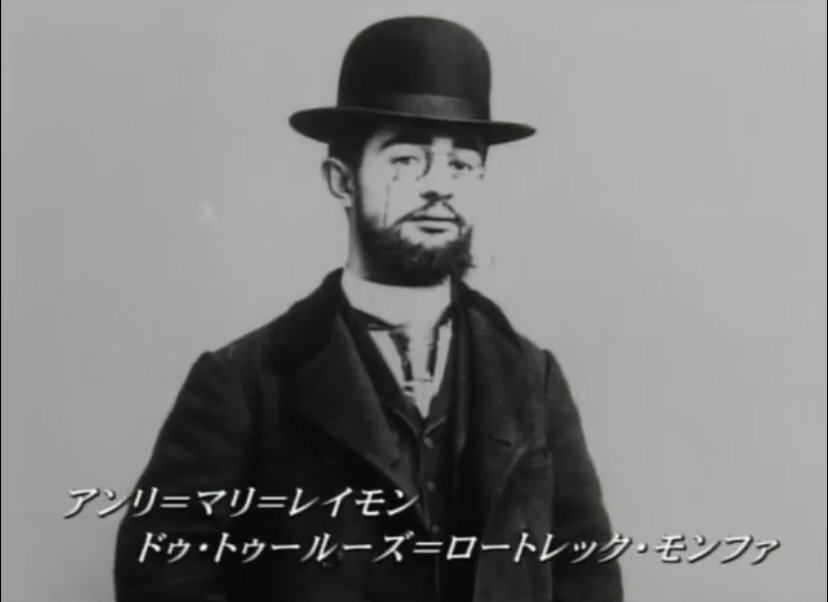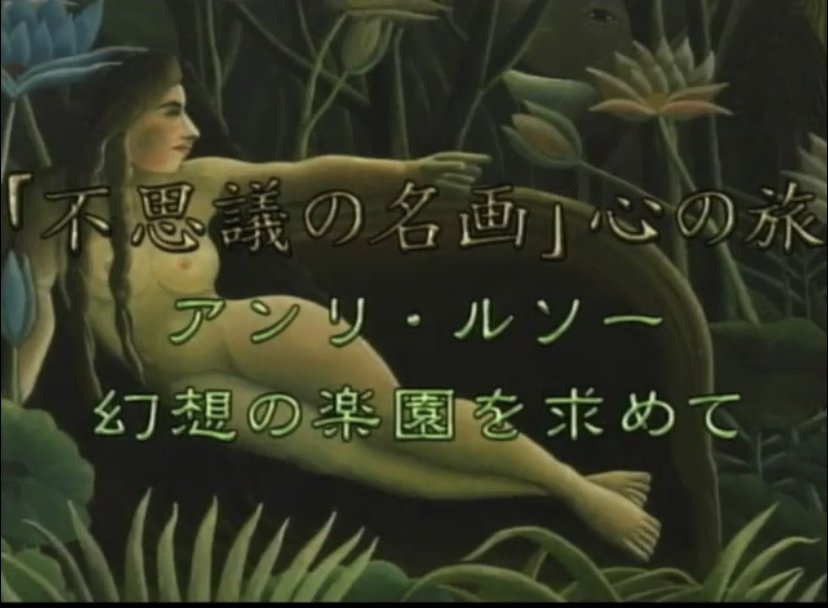
Kohei Ando
Kohei Ando
With a career spanning over five decades, Kohei Ando (b. 1944) is one of Japan’s most prodigious creatives whose works oscillate between the worlds of film, television and visual art. He is an experimental filmmaker, video artist, cinematographer, screenwriter, and Professor Emeritus of Cinema at Waseda University.
Visually, his 16mm works display stylized coloring and ample film grain that recall the early films of Andy Warhol and Nobuhiko Obayashi. Following his adoption of HD film in the mid-1980s, Ando’s later works exhibit higher resolution image quality coupled with a range of cinematic techniques. Yet, Ando’s signature styles of theatrical composition & lighting, artistically-driven scenic designs, and richly woven narrative structures are constant attributes that exist in both his 16mm and HD films. Thematically, his works examine time, space, and memory, and also serve as self-reflective meditations on the medium of film itself.
Ando’s undergraduate studies at Waseda University between 1962 and 1968 along with a brief period in Paris’ École Centrale was a remarkably fertile period in his development as an artist. An overlapping exposure to literature, fine art, film, and theater coalesced into a desire to pursue a career in cinema. One of the first opportunities that arose for Ando occurred via an artistic collaboration with fellow Waseda student, Shūji Terayama (1935 - 1983). In 1967, Terayama founded Tenjō Sajiki, an avant-garde theatrical troupe that emerged in the midst of Japan’s widespread angura (“underground”) theater movement.
Terayama was an important figure in Ando’s life as he afforded him the opportunity to assume multiple roles within Tenjō Sajiki that contributed to Ando’s maturation as an artist: as production assistant, as an actor in a theatrical adaptation of Marcel Carné's Les Enfants du Paradis, and being involved in the group’s productions both in Japan and overseas in Europe and the United States.
The vitality of the creative projects undertaken by Terayama and his troupe left a lasting impression on Ando. During a stay in Paris in 1968, Ando obtained a 16mm camera, which officially marked the start of his filmmaking career. In 1969, Ando created his first independent film, Oh! My Mother, which also marked a pivotal moment in the history of Japanese moving image art (particularly video art). Upon his employment with the Tokyo Broadcasting System (TBS), Ando was curious to explore how commercial broadcasting video equipment could be altered towards a combined artistic and filmic expression. Having created this work after-hours, Ando adjusted the feedback effect which resulted in an abstract collage of morphing and expanding shapes, lights, and colors that persisted in infinite, kaleidoscopic loops. Oh! My Mother was one of the first Japanese moving image works that employed electronic imagery and video feedback effects.
By the early-1970s, Ando was among the founding members of Video Hiroba, the first video art collective in Japan. Although its members had their own individualized motivations, Video Hiroba found potential in video as an alternative platform for documenting current events, enhancing communication channels, and expanding artistic expression. Ando’s works fall into the category of the aesthetic experiments that arose from Video Hiroba’s extensive network of support for independent video art projects. Such creative liberties yielded a diverse output of films by Ando in the 1970s, from the conceptual meditation on time and personal relationships in My Friends, In My Address Book (1974) to the diaristic camerawork of Like a Passing Train 1 (1978).
Concurrent with his filmmaking, Ando’s employment at TBS allowed him a steady balance between his professional and independent projects. Ando’s extensive involvement in TBS productions permitted him access to technology and equipment that would go on to influence the style and format of his later films. Around the mid-1980s, TBS began to produce works with high-definition (HD) video technology. Ando, whose works at this point were primarily shot with a 16mm camera, eventually switched to HD formats. Even within this corporate environment, TBS continued to grant generous creative license to Ando whose artistic vision filtered into his numerous in-house roles such as Assistant Director of the Media Promotion Department and the Leader of HDTV Production. A short overview of Ando’s filmography created by the Honolulu-based Asia Pacific Films reveals that his creativity at TBS encompassed commercial advertising campaigns for clients as diverse as Japan Airlines and popular singers Miyuki Nakajima and Tsuyoshi Nagabuchi.
In the 1990s, Ando’s films went in new directions, yet these works remained true to the original artistic liberality that he embraced in his collaboration with Terayama’s Tenjō Sajiki and Video Hiroba. His HD films contained longer running times (est. 25 - 50 minutes) that are framed around surrealistic and magical realist storylines, be it a young boy’s rapid age growth after traveling inside of a boxed sunset in On the Far Side of Twilight (1994) or the reinterpretation of seventeenth-century Dutch Baroque artist Johannes Vermeer’s genre scene paintings in early-20th Century Japan in Whispers of Vermeer (1998).
Alongside his fictional work, Ando oversaw the production of a series of art history documentaries on Western and Japanese artists - a nod to Ando’s longstanding admiration for the visual arts. Select biographical subjects include: the Early Italian Renaissance painter Sandro Botticelli, Italian Baroque painter Caravaggio, French Post-Impressionists Henri de Toulouse-Lautrec and Henri Rousseau, and contemporary Japanese airbrush painter Kozo Mio.
Shortly after Ando’s retirement from TBS, Waseda University re-entered his life as he applied all of his artistic experiences and professional skills toward educational ends. Between 2004 and 2014, Ando taught at the graduate-level as a Professor of Cinema in Waseda’s Graduate School of Information and Telecommunication Institute. Having instructed a number of students, award-winning Malaysian filmmaker Edmund Yeo (b. 1984) was among those who studied under Ando’s tutelage. Ando’s university work was not solely conducted in the classroom, for he frequently participated in scholarly conferences, published articles related to film and media studies, and initiated additional on-site resources for student filmmakers such as inviting veteran Japanese filmmakers as guest lecturers to speak about their work and encouraging student involvement in domestic and international film festivals. The establishment of the Kohei Ando Film Laboratory profoundly contributed to the success of Waseda’s student filmmakers because of its active financing and support systems that enabled the production and distribution of both independent short and feature-length films.
In late-2021, Ando’s flair for elaborate storytelling manifested in literary form with the Japanese release of his novel, Whispers of Vermeer - The Lapis Lazuli Dog, which was published by Nihon Bungeisha. Here, Ando returns to his interest in Johannes Vermeer, albeit in a different context from his 1998 film. Whispers of Vermeer - The Lapis Lazuli Dog is a mystery set in Paris in which a young man and his friends happen upon the infamously stolen Vermeer painting, The Concert, that leads to their investigation of rival international crime rings and a notorious global art trafficking syndicate.
An English-language translation is currently underway through a project spearhead by Liam Otero, an art historian at New York University, and his team of student-translators from a variety of colleges and universities around the US and the world.
Ando is the recipient of over a dozen honors and awards from both Japanese and international film festivals, including: the Oberhausen Short Film Festival, Germany (1969); The Tokyo Metropolitan Art Museum, Japan (1974); Centre Pompidou, Paris, France (1979); Rotterdam International Film Festival, Netherlands (1981); Sydney Japanese Film Festival, Australia (1985); The Japan Society, New York (1991); and, Tampere International Film Festival, Finland (1996).
As a veteran filmmaker, Ando is an active member of the Directors Guild of Japan and has also been selected as an honorary member for a number of international film festivals: The Margaret Mead Film Festival, New York (1999); International Wildlife Film Festival, Missoula, Montana (1999); Festival International de Audio Visual, Biarritz, France (2000); Guanajuato International Film Festival, Guanajuato City, Mexico (2016); and, Beijing International Film Festival, China (2021). He has also assumed programming roles in the Tokyo International Film Festival and France’s Festival du Cinéma Japonais Contemporain Kinotaya.
Additionally, Ando has had the honor of being the subject of multiple retrospective exhibitions around the world, particularly the 2010 group exhibition Vital Signals: Early Japanese Video Art (also adapted into a documentary film) at the Yokohama Museum of Art and the in-depth 2020 exhibition Kohei Ando, Like a Passing Train at the Maebashi Literature Museum in Maebashi, Japan.
Over a dozen international museums, galleries, libraries, and film archives preserve Ando’s films, including: National Film Archive of Japan, Tokyo; Tokyo Metropolitan Art Museum, Tokyo; Setagaya Art Museum, Tokyo; Image Forum, Tokyo; Yokohama Museum of Art, Kanagawa; The Miyagi Museum of Art, Miyagi; The Museum of Modern Art, Saitama; Getty Center, Los Angeles; Fukuoka City Public Library, Fukuoka City; The Japan Society, New York; Light Cone, Paris.
Biography by Liam Otero
List of works (selected)
Oh My Mother, 1969, 16mm, 10 min
Oberhausen International Short Film Festival; Collected by Getty Museum, National Film Archive of Japan, and others.
Writes Ando, “Oh! My Mother was the first work I made using a newly bought 16mm camera I had purchased with the writer Shuji Terayama in Paris. This piece was selected for the Oberhausen International Film Festival. In 1969, there were, of course, no video cameras like ones we see now, and color TVs were only found at broadcast television studios. I had just been employed at the TBS (Tokyo Broadcasting System), and I often snuck into the studios after hours to experiment with the equipment. Oh! My Mother was made using the feedback effect, which is produced by infinitely expanding the image by looping the video.” (From Vital Signals: Early Japanese Video Art, Electronic Arts Intermix)
Les Fils/The Sons, 1973, 16mm, 25 min
Crossing beyond the theatrical setup or Hollywood clichés, Les Fils/The Sons tells its story through the wonderful camera that constantly searches its periphery and touches the world through the eyes. The exposure that suddenly changes and jumps to a white screen, ornamental handwriting, the blue of an ink bottle and the sea, an overexposed red boat floating on the pale blue ocean: these, together with queer experience, all melt together into fragrances which waft across the screen. As Derek Jarman tried to make a film only with Klein Blue [Blue, 1993], Kohei Ando gazes at the grainy violet blue of the screen, which veils transience and tranquil sensibilities.
(From: Norio Nishijima, Umaretsutsu aru eizo jikken eiga no sakka tachi (1991, Bunsaisha))
Grand Prix at The Thonon Les Bains International Independent Film Festival
Collected by National Film Archive of Japan
My Friends, In My Address Book, 1974, 16mm, 3 min
A film made for the 100 Feet Festival, the work is a filmic address book featuring Ando’s friends. For each 1 foot of film, a friend appears holding a postcard with their address written. Collected by the National film Archive of Japan
Star Waars!, 1978, 16mm, 1:24 min
A charming parody of Star Wars, familiar faces (to Japanese) of Japanese stars growl at the camera like Leo the Lion.
La Valse/Waltz, 1976, 16mm, 17 min
An impression of the grace of life, eternity, dream, and memory, the work is like a filmic expression of Proust’s allure of the strange beauty of dreams, while at the same time hints at Michael Snow’s Wavelength. The film centers around an elderly woman’s tea time, and her dance to Strauss’ waltz. After multiple sequences back and forth between sipping tea and dancing, she finds herself in an evening gown she once wore. When the music stops, the camera zooms in on a photograph of her, then changes exposure and pans to the ocean outside of the window. The ebb and flow of the ocean also keeps time of the waltz.
Description based on text by Norio Nishijima, Umaretsutsu aru eizo jikken eiga no sakka tachi (1991, Bunsaisha). Collection of National film Archive of Japan.
Like a Train Passing, 1978, 16mm, 3 min
Collected by Getty Museum, National Film Archive of Japan, among others
Like a Train Passing 2, 1979, 16mm, 7 min
Collected by Getty Museum, National Film Archive of Japan, among others
My Collections, 1988, 16mm, 10 min
My Collections confirms that cataloging and anthologizing are important facets of Ando’s art. Ando is not a taxonomist, but rather, the collections add up to an oblique self-portrait: the first-person answer to Michael Powell’s third-person An Airman’s Letter to his Mother (a five-minutes film made in 1941). Both are films in which the objects a man has gathered in his room serve to define his character, his sensibility and his aspirations. Michael Powell explored a missing airman’s room with an objective eye. Ando explores his own room and recognizes that his treasured possessions amount to an image of himself. Ownership transforms objects: it invests them with memories and brings them into fortuitous conjunctions that may be revealing.
Description based on text by Tony Rains (film critic). Collected by Getty Museum, National Film Archive of Japan, among others.
On the Far Side of Twilight, 1994, HDTV & 35mm, 39 min
As one of Ando’s magical realist works of the 1990s, a young boy expresses his fervent admiration for sunsets to the point where he uses a pair of scissors to cut out a piece of the sky. From there, he finds himself inside of a box-shaped sunset that transports him across time and space as reflected in the changing of the seasons and the boy’s sudden growth from youth to old age. In tandem with these events, the boy’s memories materialize and take on a life of their own. Winner of the Silver Maile Award at the Hawaii International Film Festival and the Astrolabium Award of the International Electronic Cinema Festival. Collected by National Film Archive of Japan. (Liam Otero)
After Twilight, 1995, HDTV & 35mm, 30 min
A man professes his love for an enigmatic woman who resides in a surrealistic, dream-like world that contains fragments of his childhood memories. Stylistically, the narrative of this short film is structured entirely between photographic still images and the bold airbrush paintings of Contemporary Japanese artist Kozo Mio (1924 - 2000) with accompanying background music by ambient performance duo Uman.
Winner of the Astrolabium Award of the International Electronic Cinema Festival. Collected by National Film Archive of Japan. (Liam Otero)
A Story About Kusanojo, 1997, HDTV & 35mm, 20 min
In a small village, 14-year old Futaro contemplates how he could have been raised without a father. Over the months, he detects unusual behavior in his mother as she seems to be interacting with an unknown individual, possibly one of her actor friends. The arrival of a samurai ghost in the family garden who bears a striking resemblance to the young Futaro reveals a surprising truth about his family background. Collected by National Film Archive of Japan. (Liam Otero)
Whispers of Vermeer, 1998, HDTV & 35mm, 50 min
An elderly Japanese man witnesses the subjects from the paintings of Dutch Baroque artist Johannes Vermeer (1632 - 1675) come to life. Following their real-life manifestation, the paintings formulate a mysterious romance story set in late-Meiji Japan in which a young woman’s relatives die under unusual circumstances concurrent with the arrival of a monk and a suspicious maid. Winner of the Grand Prix of the International Electronic Cinema Festival and The Hivision Award. Collected by National Film Archive of Japan. (Liam Otero)
Henri de Toulouse-Lautrec (2003)
A documentary film on the art of French painter, printmaker, caricaturist, illustrator, and draftsman Henri de Toulouse-Lautrec (1864 - 1901). The film features ample footage of specific locations that Toulouse-Lautrec visited and later pictorialized along with an expansive selection of his works that immortalized everyday life in La Belle Époque Paris. (Liam Otero)
Henri Rousseau (2003)
A documentary film on the life of French Post-Impressionist Henri Rousseau (1844 - 1910) as told through animated recreations of his signature primitivist paintings, high-definition artwork reproductions, dramatic interpretations, and focused shots of key locations from the artist’s life and career. (Liam Otero)


















